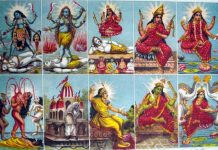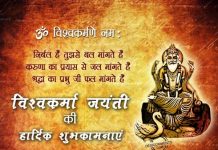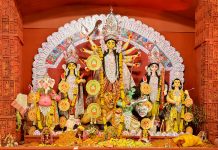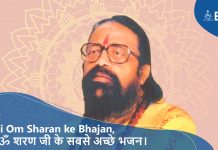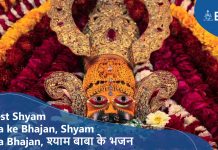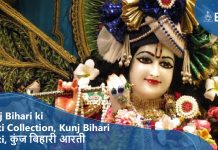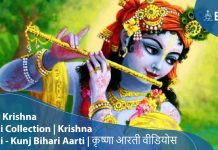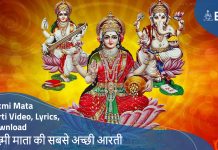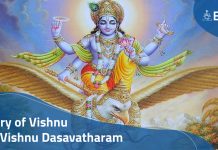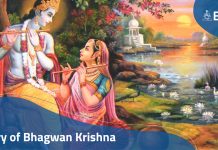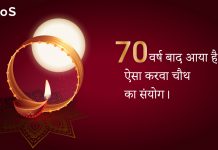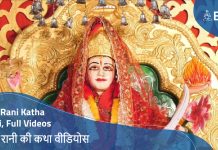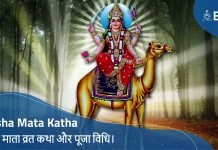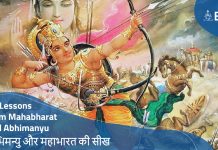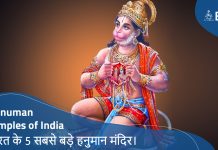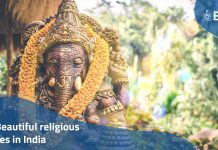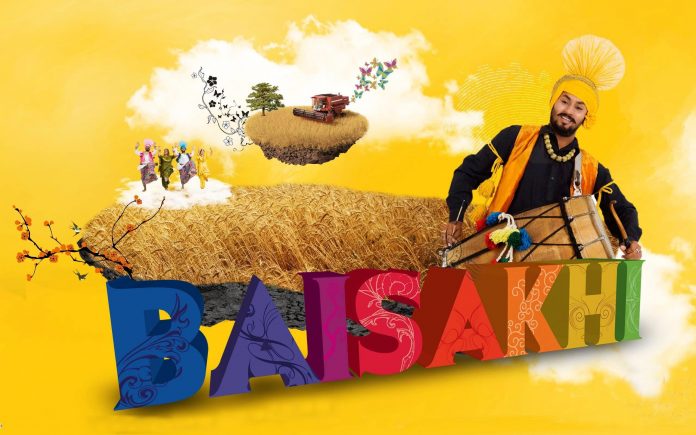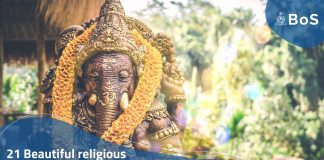Baisakhi which is also as Vaisakhi is celebrated throughout India on 13th or 14th April. This is a major Sikh festival and it is also widely celebrated as Sikh New Year. The day is celebrated nationally as an Indian holiday. The festival commenced in 1699 when Sikhism was accepted as a major spiritual and religious faith. The festival traces its origin from the tenth Guru, Guru Govind Singh.
Why is Baisakhi celebrated and When?
Baisakhi is celebrated with huge pomp and show every year. But have you ever wondered why is Baisakhi celebrated all over the country and even overseas?
The story began with the beheading of ninth Guru, Guru Tegh Bahadur by Mughal ruler Aurungzeb. Aurungzeb wanted to spread Islam in India but he was opposed by Guru Tegh Bahadur who stood up for the rights of Hindu and Sikhism in India.
Mughals used to consider him as a threat and thus they beheaded him. Guru Gobind Singh, the son of Guru Tegh Bahadur Singh stood up as the tenth Guru and he chose the auspicious day of Baisakhi for the formation of Khalsa Panth.
During, the Vaisakhi festival, Guru Gobind Singh came out of his tent carrying a sword and challenged men who are ready to sacrifice their lives to come with him into the tent. After some time, he returned alone with his sword drenched in blood. Then he called out for more volunteers and repeated the same action four times.
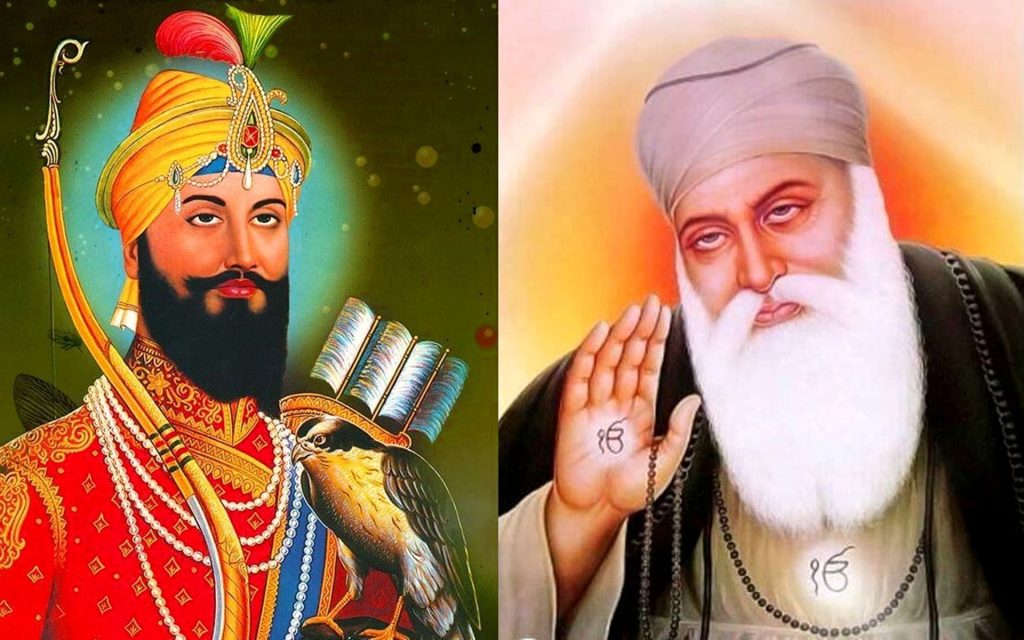
As per the Vaisakhi story, he then came out with all the five men and they had turbans of their head. These five men were popularly known as “Panj Piare” or “Beloved Five”. Amrit was also offered by Guru to Panj Piare on this day and later distributed among the crowd.
The entire crowd then soon became a member of Khalsa Panth. This was a very important step for national integration because the maximum crowd was divided by caste and creed at that time.
Vaisakhi Mela | Baishakhi Fair
Vaisakhi Mela is celebrated with huge galore In Punjab. Any Vaisakhi Mela or celebration is said to be incomplete without their traditional dance. Bhangra or Gidda is the traditional dance forms which are seen during this festival.
Bhangra is a highly energetic dance form which involves jumping and this is enjoyed mostly by men of the family. Whereas Gidda is a folk dance form which is enjoyed by ladies.
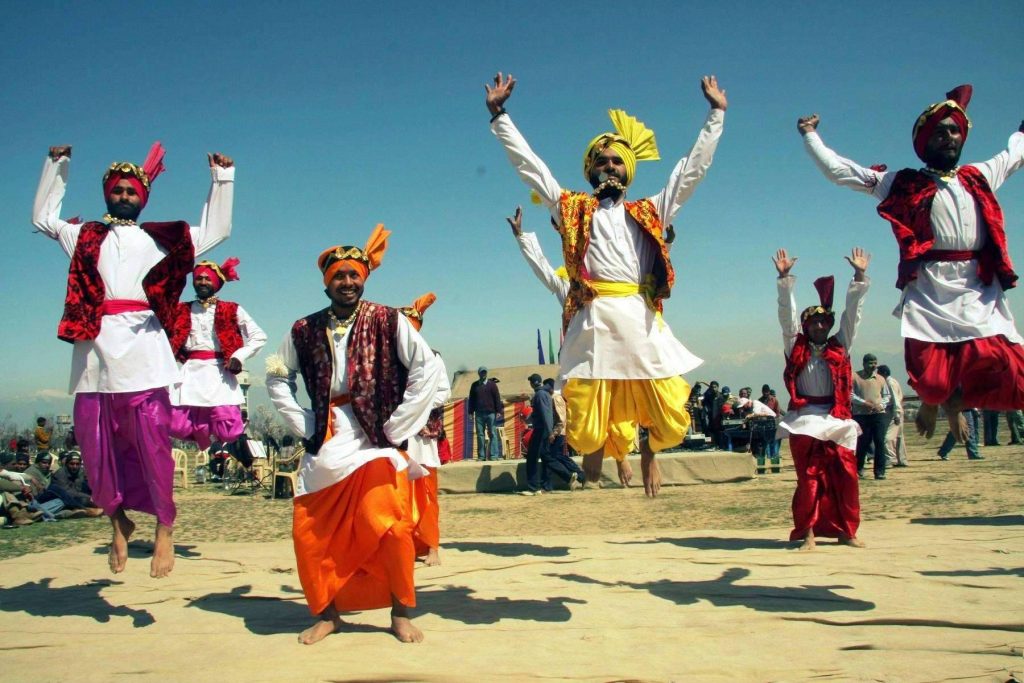
Many lips smacking food is also made during this festival. Punjabis and Sikhs are known for their rich food and thus pakoras, lassi, paneer tikka, sarso ka saag, makki de rooti, puri are some of the major food items which are made during this festival.
The festival is celebrated widely in schools, colleges, universities, gurudwaras, fields, and even homes. People light fire and dance around it. People wear vibrant traditional clothes, sing songs and dance to the tunes of Dholak with their family members.
Farmer’s and their family also thank God for their harvest crop and seek blessings for the next year. This festival is celebrated with huge grace at Anandpur Sahib and Muktsar.
Gurudwaras are also cleaned and celebrated during this time of the year. A special prayer is organized during morning hours in the Gurudwara. During the morning prayer, Granth Sahib is bathed with milk and water and then it is placed on a throne and read aloud to all the devotees.
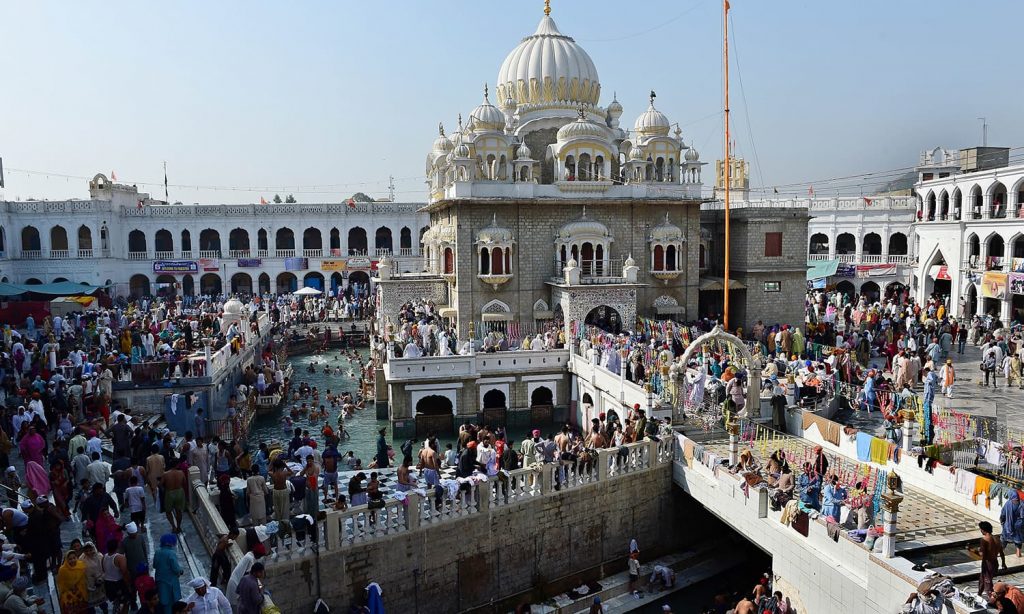
Post prayer meet, devotees are offered sweet known as “Kada Prasad”. Kada Prasad is the sacred pudding which is prepared from butter, sugar, and flour. Around lunchtime, langar which is a vegetarian food is also organized and given free of cost to all the devotees in Gurudwara irrespective of their caste and creed.
Post lunch, Granth Sahib is taken out for procession which is accompanied with dance, music, chanting, and performances. Many Sikhs offer to perform services for daily chores at Gurudwaras. Many people of other religion also participate in this activity. This is known as Kar Seva.
When is Baisakhi Celebrated
Baisakhi is widely celebrated in North Indian states and the festival holds special relevance for people there. This festival also signifies the commencement of solar year and harvest of rabi crops. This festival also marks the end of harvest year where a farmer returns to his home with the output of his harvest and the family welcomes with all their heart.
Vaisakhi 2019 date is on 14th April which is Sunday. Let’s celebrate the day remembering the sacrifice and valor of our Gurus for our country.
Baisakhi in other parts of the Country
It is one of the major Hindu festivals and it is also celebrated in other parts of the country as well.
Baisakhi in Bihar
In Bihar, this festival is known as Vaisakha where the Sun God is worshipped. They offer prayers to Surya Devta and thus welcome the new year.
That was all about Baisakhi from our side. Let us know how you celebrate the festival with your family in the comments down below. We would love to hear back from you.
Baisakhi in West Bengal
This is also considered as the Bengali New Year and they fondly call it as Poila Boisakh. Bengalis wear new clothes and visit mandirs to seek blessings. It is also said to be the commencement of the business year for Bengalis. Many musical concerts and budding artists take part in this celebration widely.
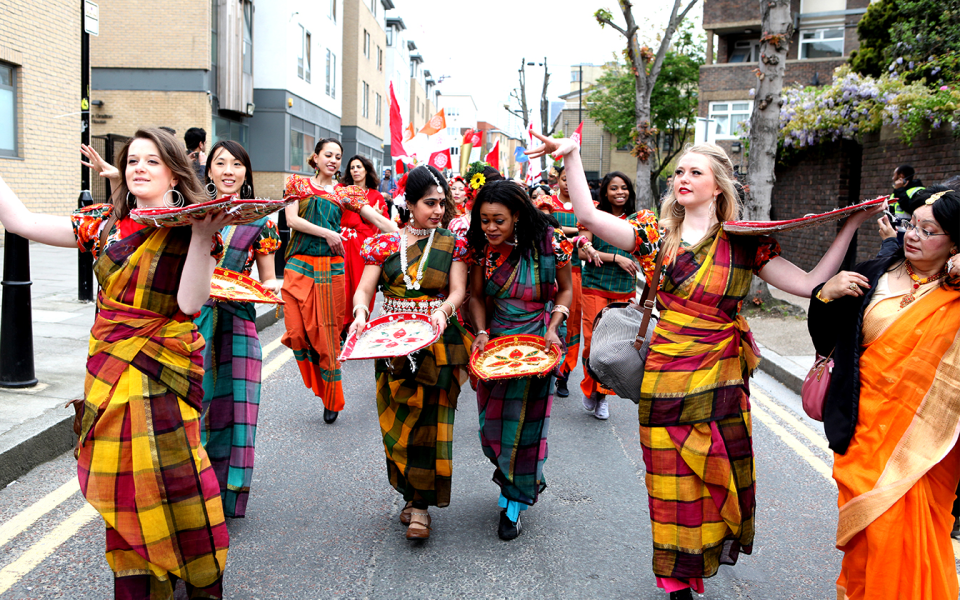
Baisakhi in Kerela
In Kerela, this festival is known by the name of Vishu. The tradition is that the younger generation enjoys Vishu kaiNeettam which is also known as a gift from the elder members of the family. The festival symbolizes happiness, vibrant, and light.
Baisakhi in Assam
In Assam, the festival is known as Rongali Bihu. The festival is celebrated for consecutive seven days. The first day of the festival is called as Goru Bihu on which day the cows are worshipped. People wear new clothes and seek blessings of their loved ones on this day.

